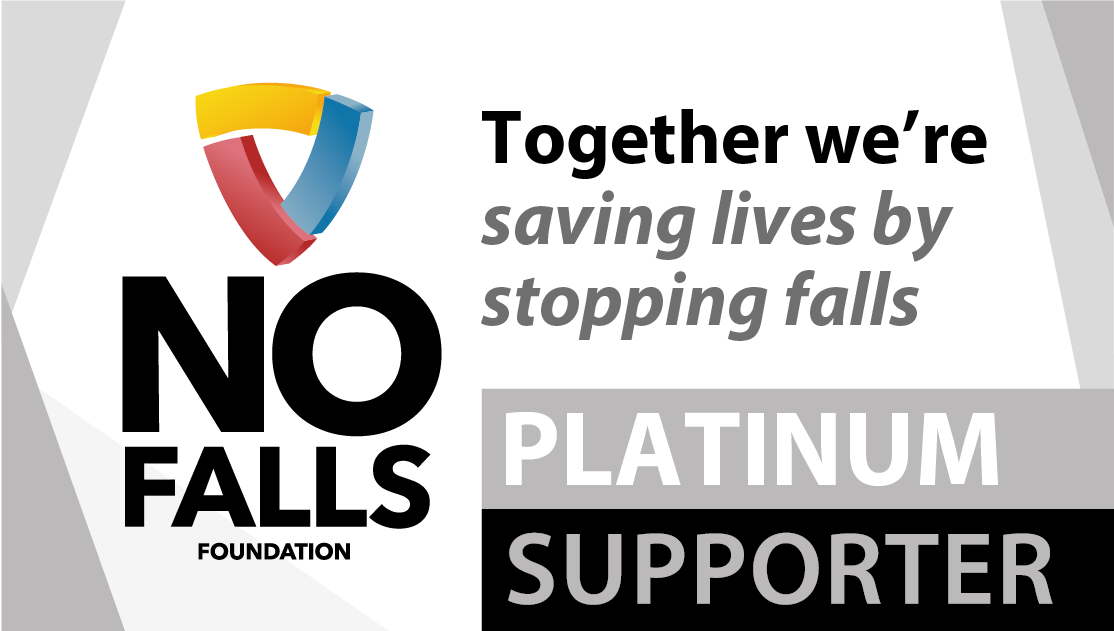
PASMA can’t usually provide personal advice about towers, but we do our best to help when we can. Our safety experts were approached by someone planning a series of bridge repairs over a shallow river, who wondered if mobile access towers were a suitable means of access. It wasn’t the river or the bridge in the picture above, this is just for illustration. This article is based on our response to that query, but we’ve expanded it to cover other water courses such as streams or canals.
Mobile access towers are usually seen on dry land, with perhaps the odd puddle or two nearby! Placing them in a shallow river or other watercourse isn’t impossible, but it does create additional risks. That’s because the environment can be difficult to assess and is sometimes unpredictable.
So, if you’re looking at your options for working at height over water, and considering a mobile access tower, please think carefully. Here are some of the factors you must assess:
1. The supporting surface under the water
A tower needs a solid, strong and stable supporting surface for each of its contact points with the ground (that’s all of the castor wheels/base plates and stabilisers). It must be strong enough to resist the weight of the tower and the operatives, plus any tools and materials, without any movement or sinking.
The surface cannot be slippery or weak, so that rules out loose stones, gravel, sand, mud and similar fragile or soft substrates.
But, if it’s a shallow riverbed, stream, canal or other watercourse like a culvert or storm drain, and it has a suitable solid and secure surface, it may be acceptable for a tower. However, look out for:
> Algae or weeds creating a slippery surface
> Imperfections in the surface such as joints, upstands, outlets, drains, gratings, pits or surface damage
> Any steep inclines (it’s often difficult to visually ascertain the angle of the supporting surface underwater because of refracting light)
Always carry out a careful and thorough survey on the supporting surface. You might need to engage specialist services if the depth or clarity of the water makes this difficult. If you cannot do a proper assessment, or you aren’t satisfied with the findings, don’t use a tower.
2. Stability of the tower
To provide a safe working platform, the tower must be stable and in water there are some extra factors to consider that you wouldn’t need to think about on dry land.
Extra horizontal loads
PASMA guidance is that towers on a secure surface can withstand a maximum horizontal load of 20kg and can be used in wind speeds up to 17mph.
Horizontal loads are created by, for example, the work being undertaken from the tower. However, if a tower is in a river or other watercourse, an additional horizontal load will be placed on the tower by the flow of the water. That load will depend on the submerged surface area of the tower and the flow (force) of the water.
The flow of the water depends on many variables, such as:
> The depth and nature of the waterway
> The weather
> The time of year
> Any wave effects
> Any tidal effects
> Flash flooding
> Movement of watercraft
> Opening lock gates, sluices and outfalls
These factors can all increase the flow of the water – sometimes suddenly and significantly. Wave effects can occur on inland waters such as rivers, lakes and reservoirs and watercourses like canals. The Environment Agency can provide information on river and watercourse conditions, but you may need the assistance of a Hydrologist and you may need to monitor the flow whilst the tower is standing.
You’ll need to consider the total horizontal load on the tower, both from the work being carried out and the flow of the water. If you cannot determine the horizontal load on the tower, or you aren’t satisfied with your findings, then don’t use a tower.
Reduced effectiveness of castors underwater
Using castor wheels underwater could make the brakes less effective and reduce their grip on the surface, so baseplates might be a better option.
Buoyancy effects
Water may have a buoyancy effect on the tower, creating an upwards lift and destabilising it. Waves could have a similar effect. It may be necessary to secure the base of the tower or take other measures to resist any buoyancy effects. If you need to do this, contact the tower manufacturer for advice.
Accidental contacts
Consider what measures may be needed to prevent accidental contact with watercraft or floating debris such as tree branches or items that have been thrown into the water. If the tower was struck it could be damaged or become unstable, not to mention the risk of injury to any operatives in the water.
3. Protecting the operatives
Building, climbing, using, and dismantling a tower in water creates extra hazards for the operatives involved. First, the temperature of some waterways can be really cold, even at the height of summer. Then, there’s the risk of drowning if someone falls into the water – even if it’s only a few inches deep.
So, operatives will need the correct clothing, footwear, and personal buoyancy. Take advice from a specialist on the correct PPE for working in water environments. A policy of no lone working may also be appropriate.
Think about how operatives will access the water. Are there suitable safe access and exit points and a safe path to and from the point where the tower will be constructed? If you are using a boat to take operatives to the tower, then is it suitable and is the person in charge of that operation competent?
4. Electricity
Water and electricity don’t mix! If the task involves electricity or requires electrical tools, take specialist advice about what measures are necessary and what tools you should use.
5. Water damage
After the work is finished, the tower may need specific maintenance to prevent water damage, particularly if the water was salt, brackish or contaminated. Ask the tower manufacturer for advice on this.
As with any work at height, the safety of the operatives and anyone else in the vicinity of the tower must be your top priority. If any factors pose a risk to workers, it’s best to find an alternative means of access for the task at hand.
Please note, this article is intended to help anyone considering using a tower in water, but it is not an exhaustive guide.There will be other factors to consider depending on the features of the specific site and task you’re undertaking, so always do your own assessments and take specialist advice where required.




